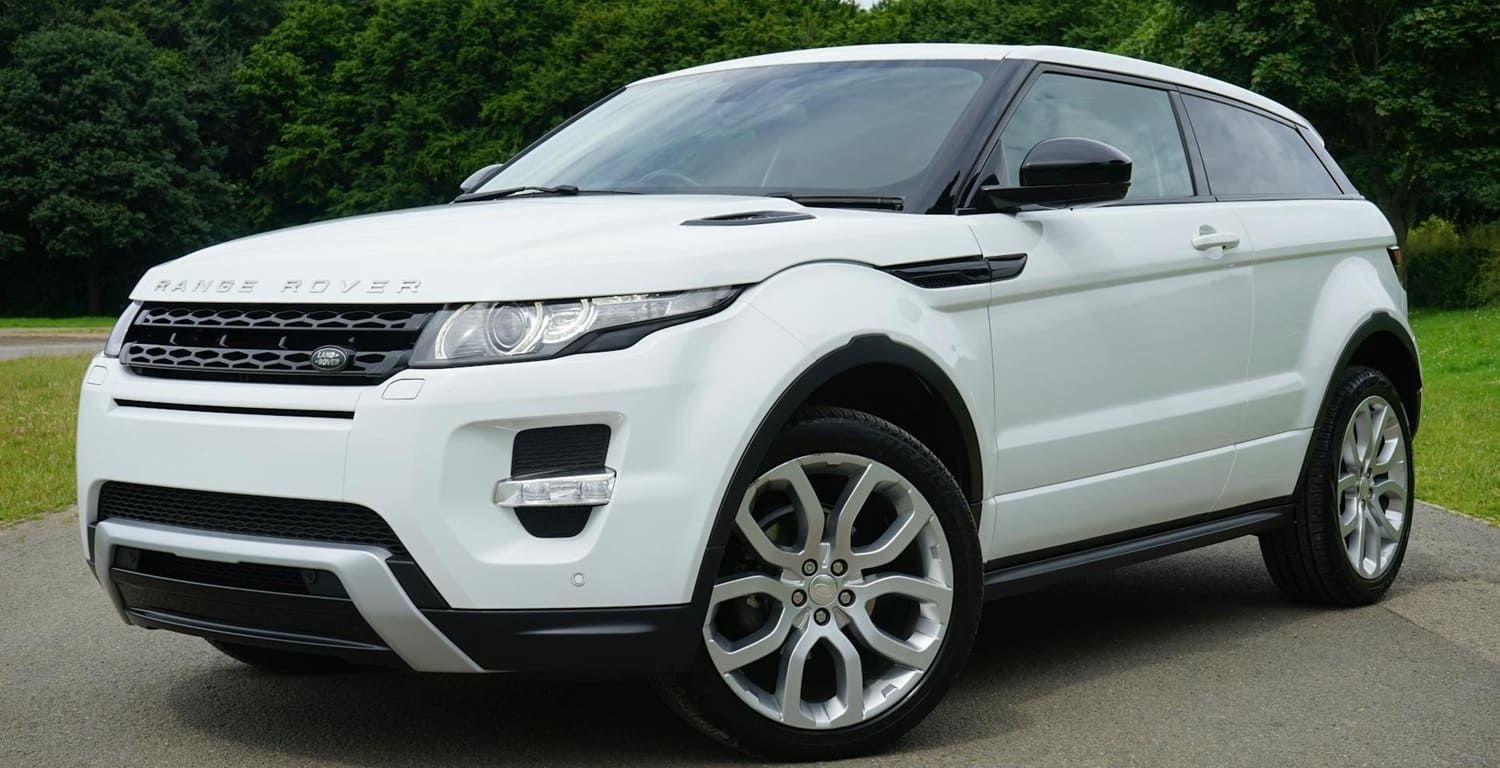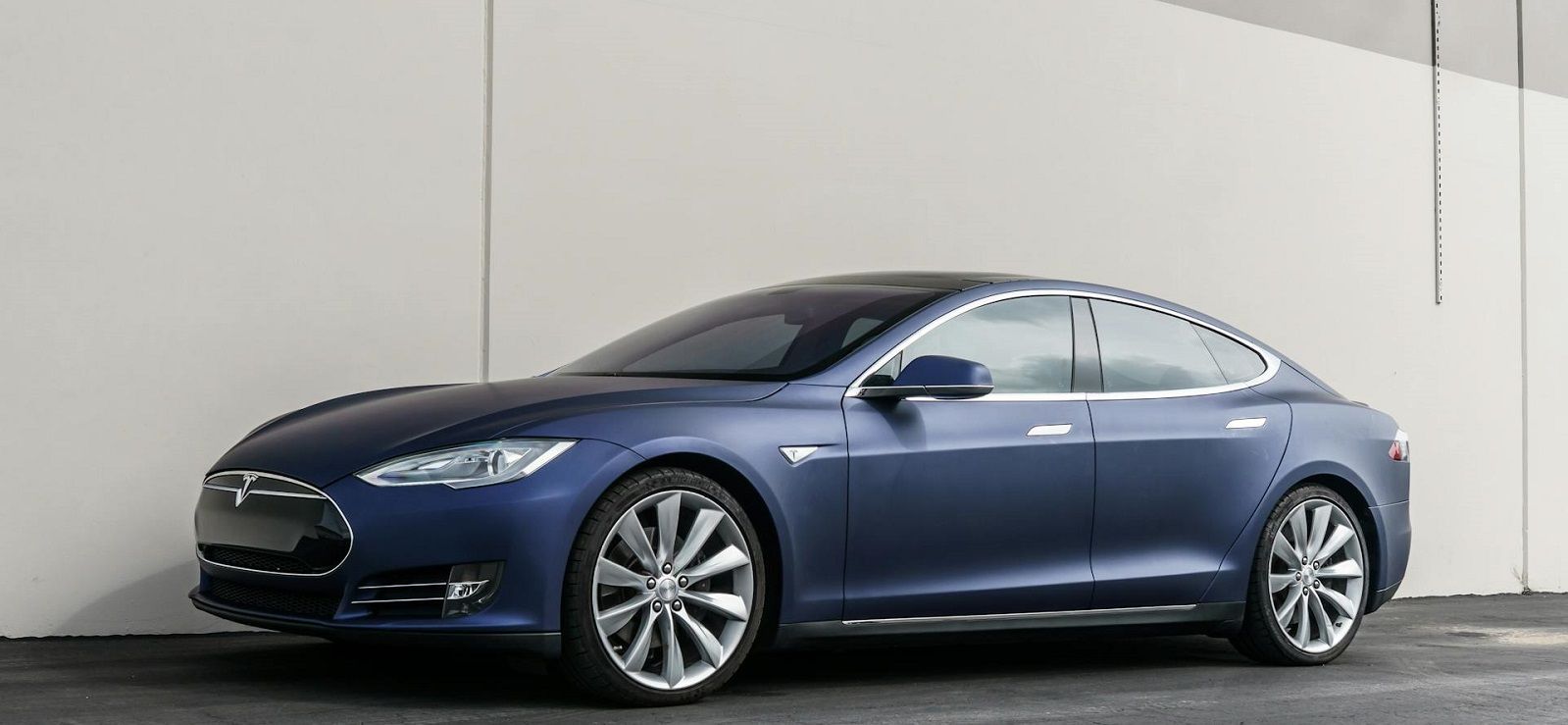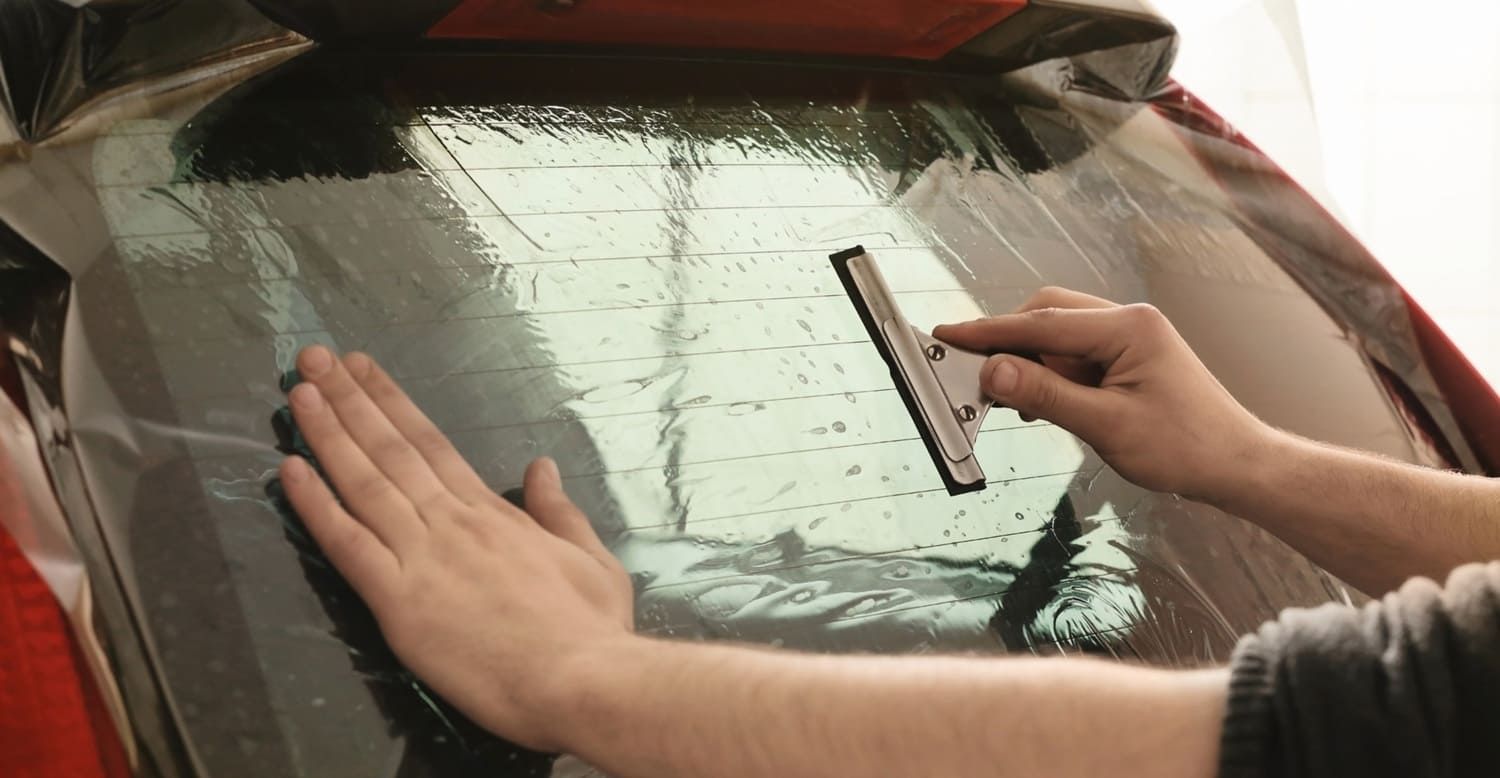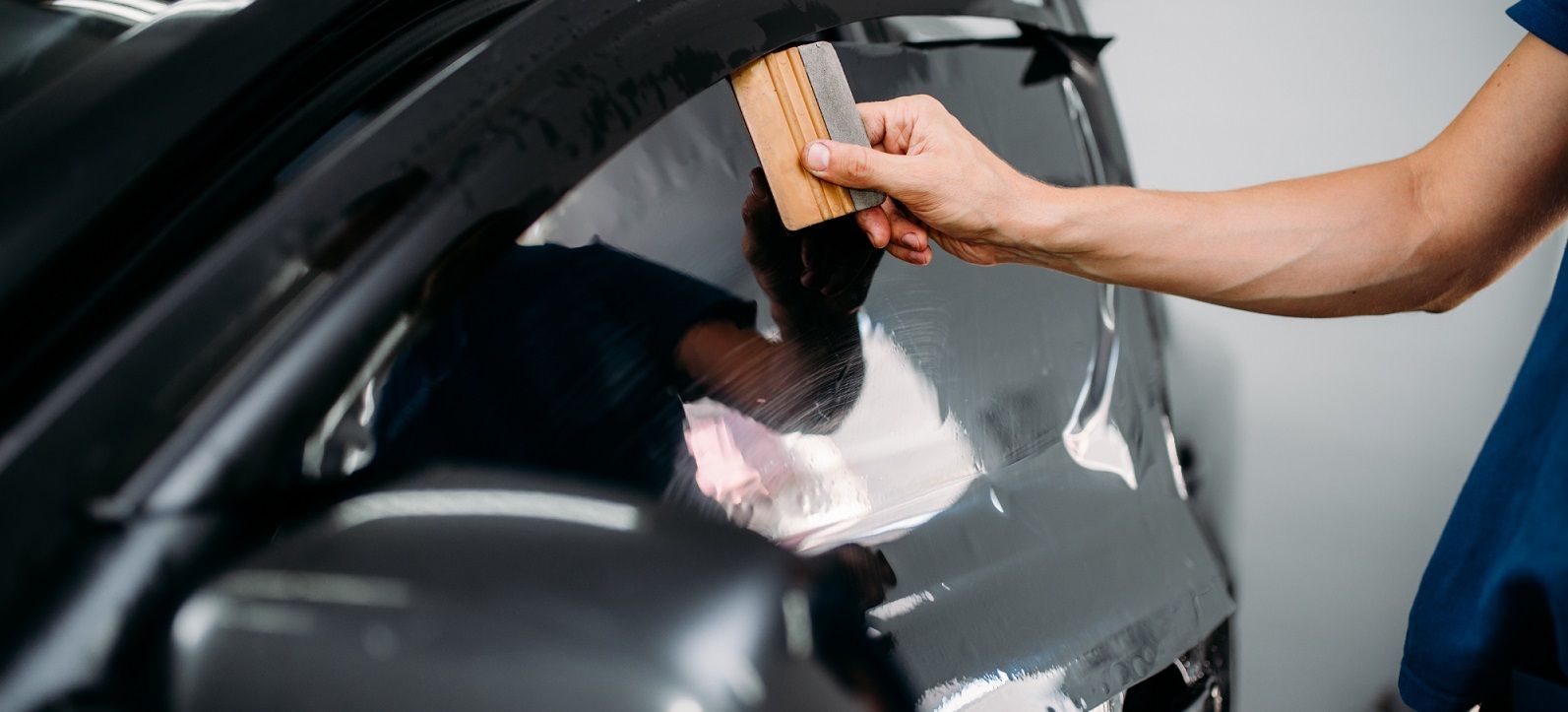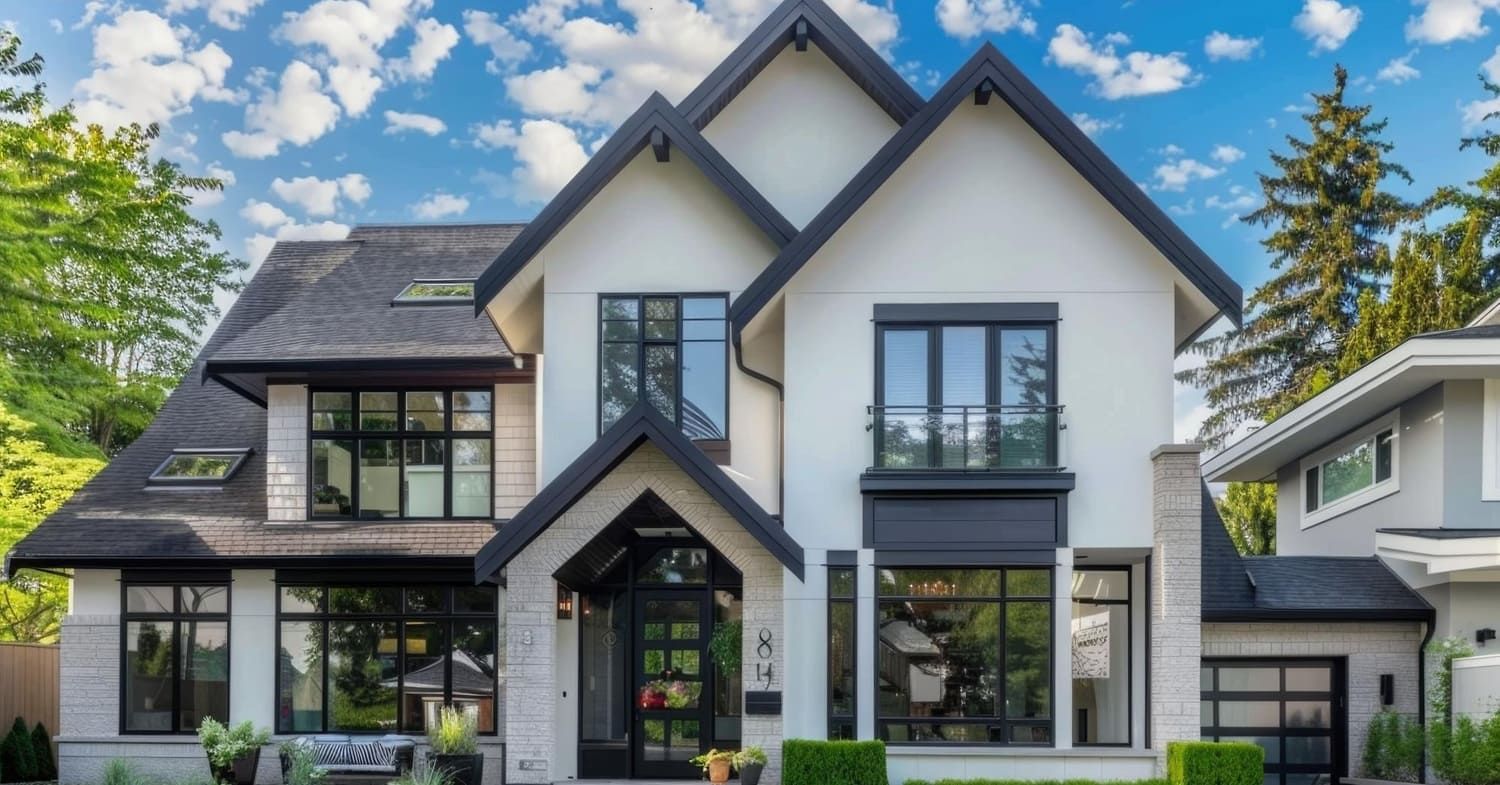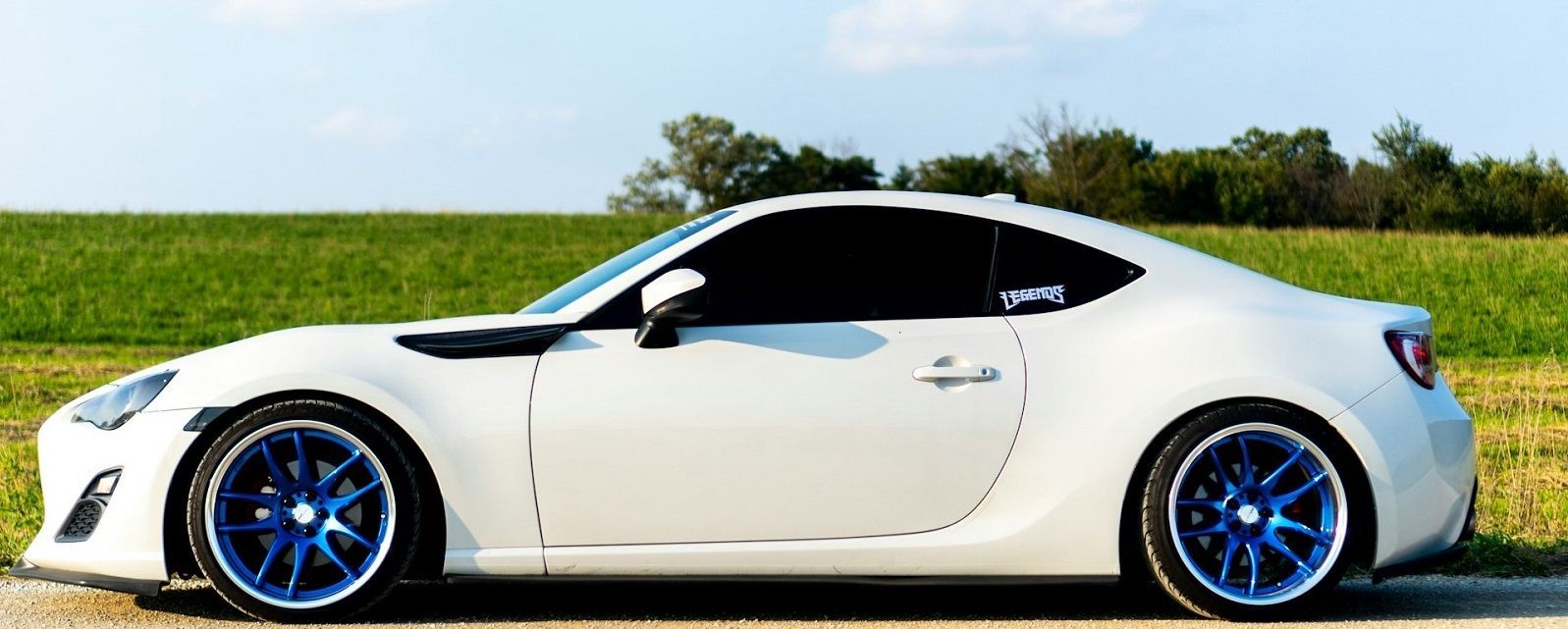Car Tint Bubbles? Here’s What to Do About It
If you've recently had your car windows tinted and noticed bubbles forming, you're not alone. Car tint bubbles can be a common issue, especially when the tint isn't applied properly or when it begins to age. Not only are these bubbles unsightly, but they can also affect visibility and the overall effectiveness of the tint. In this article, we'll explore why these bubbles form, how they impact your car, and most importantly, what you can do to fix them. Understanding the root causes and potential solutions can save you both time and money in the long run.
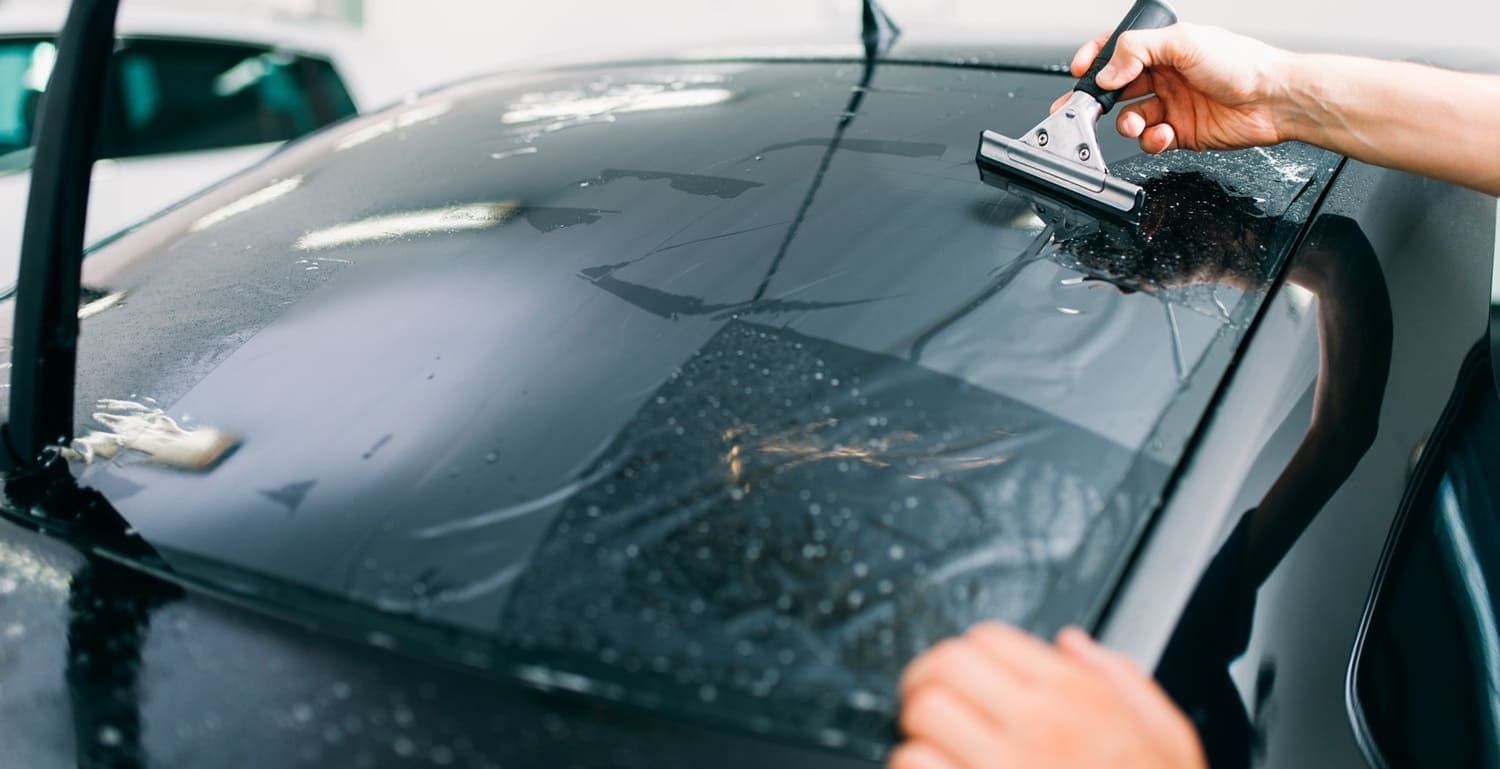
Understanding Car Window Tint and Bubbles
What Is Car Window Tint?
Car window tint is a thin laminate film that can be applied to the interior or exterior of the glass surfaces in automobiles. It's primarily used to reduce heat and glare from the sun, improve privacy, and enhance the appearance of a vehicle. Tints come in various shades and types, including dyed, metalized, carbon, and ceramic, each offering different benefits and performance levels. Many car owners opt for window tinting not just for aesthetics but also for the added UV protection it provides, which can help preserve the car's interior from sun damage.
Beyond aesthetics and UV protection, window tinting can also contribute to better fuel efficiency. By reducing the amount of heat that enters the car, tints can lessen the need for air conditioning, thus saving energy. Moreover, window tints enhance safety by holding broken glass together in the event of an accident, reducing the risk of injury from shattered glass. With these multifaceted benefits, it’s easy to see why window tinting is a popular choice among car owners.
Why Do Bubbles Form in Car Tint?
Bubbles in car window tint can form for several reasons:
- Improper Installation: If the tint film is not applied correctly, air can get trapped between the film and the glass, leading to bubbles. This often occurs when the glass surface isn't thoroughly cleaned before application or when the film isn't smoothed out properly during installation. The presence of dust or dirt can create pockets that prevent the tint from adhering smoothly.
- Low-Quality Tint Film: Cheaper tint films may not adhere as well to the glass, increasing the likelihood of bubbles forming. Low-quality films might have weaker adhesives or less flexibility, causing them to buckle or peel over time. Investing in a high-quality film can prevent these issues and ensure a longer-lasting application.
- Aging and Wear: Over time, tint films can degrade, causing bubbles to appear as the adhesive breaks down. Exposure to the sun’s UV rays and temperature fluctuations can accelerate this process, causing the film to lose its integrity. Regular maintenance can help in delaying this degradation, but eventually, even the best films may need replacement.
- Moisture: If moisture is trapped under the film during installation, it can cause bubbles to form. This is often the result of applying the film in a humid environment or not allowing enough drying time. Proper installation techniques and environmental conditions are crucial to prevent moisture-related bubbles.
The Impact of Tint Bubbles
Aesthetic Issues
Bubbles in your car tint can be unsightly and give your vehicle a less polished appearance. This can be particularly frustrating if you've invested in tinting to enhance your car's look. A smooth, bubble-free tint provides a sleek and professional appearance, while bubbles can make the car look poorly maintained or aged. The presence of bubbles can also detract from the overall design and color scheme of your vehicle, making it less appealing to potential buyers if you decide to sell.
Furthermore, bubbles can become more pronounced over time as they collect dust and dirt, making them even more noticeable. This can be especially problematic for car enthusiasts or those who take pride in their vehicle's appearance. Maintaining a pristine look is often a priority, and unsightly bubbles can be a significant source of irritation.
Visibility Concerns
Bubbles can distort your view, particularly if they are large or located in critical areas of the windshield or side windows. This can lead to decreased visibility and potentially unsafe driving conditions. Distorted views can impact depth perception and the ability to judge distances accurately, increasing the risk of accidents. In certain lighting conditions, such as bright sunlight or at night, bubbles can create glare or reflections that further impair vision.
For drivers, maintaining clear visibility is paramount for safety. Even minor obstructions or distortions can lead to dangerous situations on the road. Addressing these visibility concerns promptly can help ensure a safer driving experience for you and your passengers.
Reduced Effectiveness
Tint bubbles can compromise the effectiveness of the film. If the film is not adhering properly, it won't provide the full benefits of UV protection, heat reduction, or glare reduction. The presence of bubbles means that the film is not in full contact with the glass, allowing UV rays and heat to penetrate more easily. This can lead to increased cabin temperatures and greater exposure to harmful UV rays, which can damage both the car's interior and your skin.
In addition to reducing the tint's protective capabilities, bubbles can also shorten the lifespan of the film. An improperly adhered film is more susceptible to peeling, cracking, and further deterioration. Ensuring the film is applied correctly and addressing any issues quickly can help maintain its effectiveness over time.
How to Fix Car Tint Bubbles
DIY Methods
If you've noticed bubbles forming shortly after installation, you might be able to fix them yourself using these methods:
- Heat and Pressure: Gently heat the affected area with a hairdryer or heat gun on a low setting. Use a squeegee or credit card wrapped in a soft cloth to push the bubbles towards the edge of the film. The heat will soften the adhesive, making it easier to work with, while the pressure helps expel trapped air. Be cautious not to overheat the film, as this can cause damage.
- Pinhole Technique: For small bubbles, you can use a fine needle to carefully puncture the bubble. Then, use a squeegee to smooth the area and remove trapped air. This method should be done carefully to avoid tearing the film or creating noticeable marks. The pinhole allows air to escape without compromising the integrity of the tint.
- Soap and Water Solution: Mix a small amount of dish soap with water in a spray bottle. Lightly spray the area and use a squeegee to push out the bubbles. The soap acts as a lubricant, making it easier to smooth the film. This method can also help remove any residue left by the bubbles, restoring the film's clarity.
While these DIY methods can be effective for minor issues, it's important to proceed with caution. Improper handling can lead to further damage, so consider your skill level and the extent of the problem before attempting repairs.
Professional Help
If your DIY attempts haven't resolved the issue, or if the bubbles are widespread or due to aging tint, it might be time to seek professional help. A professional installer can:
- Assess the Damage: They can determine if the tint is salvageable or if it needs to be replaced. Professionals have the experience to identify the root cause of the bubbles and recommend the most effective solution.
- Remove and Reapply: If necessary, they can remove the existing tint and apply a new film correctly. This ensures that the new application is free of bubbles and provides the desired benefits. Professional reapplication often comes with a warranty, giving you peace of mind.
- Ensure Quality: Professionals use high-quality materials and techniques, reducing the risk of bubbles forming in the future. Their expertise ensures that the tint is applied correctly, maximizing its longevity and effectiveness.
Opting for professional assistance can save time and prevent the frustration of ongoing issues. It's often a worthwhile investment for those seeking a long-term solution.
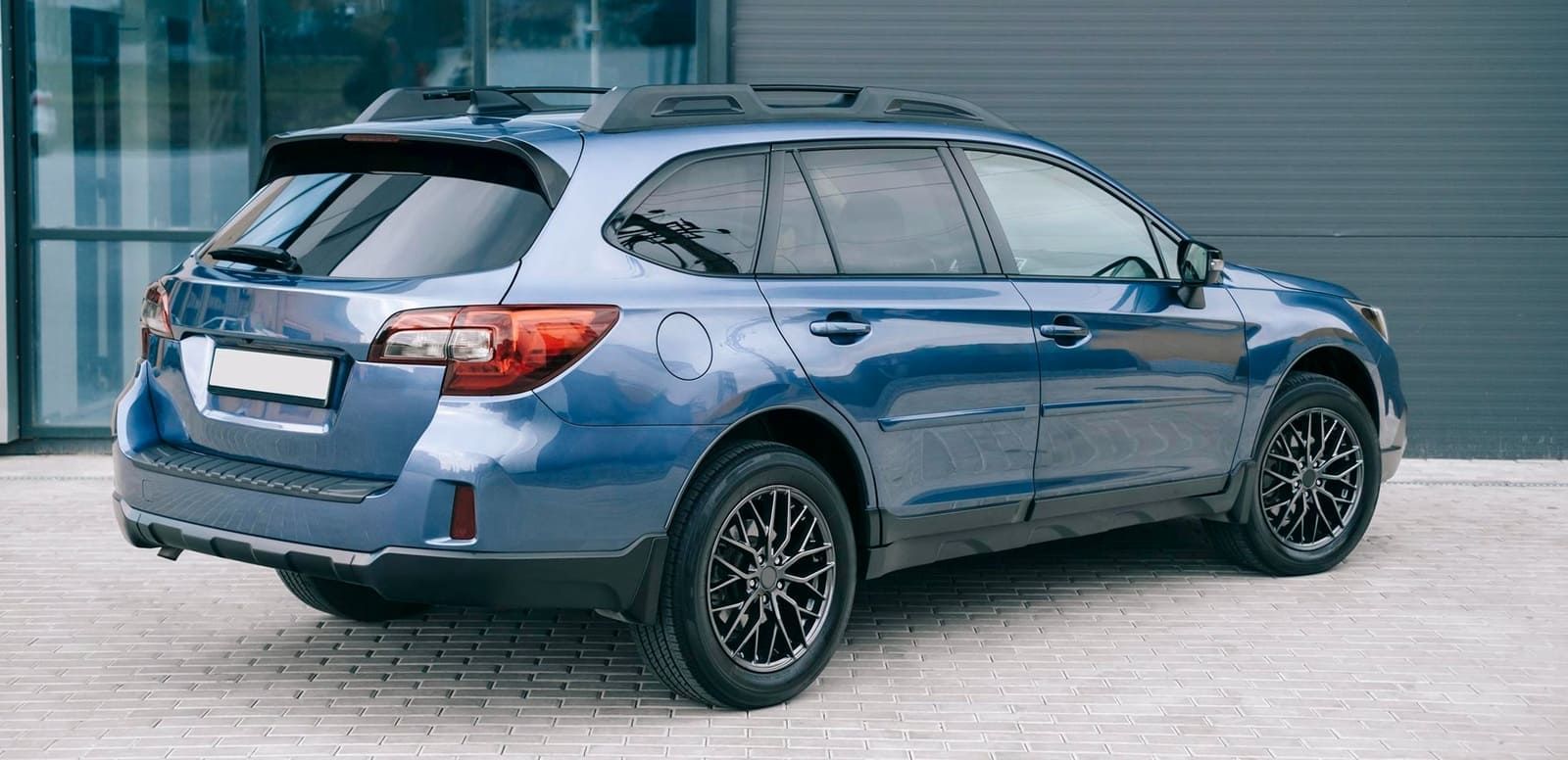
Preventing Tint Bubbles
Choose Quality Materials
Invest in high-quality tint films from reputable manufacturers. Quality films are less likely to develop bubbles over time and typically come with warranties. These warranties often cover defects and premature degradation, providing added assurance for your investment. Researching and selecting a reliable brand can make a significant difference in the durability and performance of your window tint.
High-quality films also offer better UV protection, heat rejection, and clarity compared to cheaper alternatives. By choosing superior materials, you not only reduce the risk of bubbles but also enhance the overall benefits of tinting.
Professional Installation
Consider having your tint professionally installed. Experienced installers have the tools and expertise to apply the film without trapping air or moisture. They follow industry best practices to ensure a flawless finish, minimizing the risk of bubbles. Professional installation also often includes a warranty, offering protection against installation errors.
Moreover, professionals can provide valuable advice on the best type of tint for your vehicle and specific needs. This personalized guidance can help you achieve optimal results and satisfaction with your tinting project.
Proper Care and Maintenance
- Avoid Rolling Windows Down: After installation, keep windows rolled up for at least 48 hours to allow the film to set properly. This prevents edges from peeling and ensures the adhesive bonds fully with the glass.
- Gentle Cleaning: Clean tinted windows with a soft cloth and a non-ammonia cleaner to avoid damaging the film. Harsh chemicals or abrasive materials can scratch or degrade the tint over time.
- Regular Inspections: Periodically check your tint for signs of wear or damage, and address any issues promptly. Early detection and intervention can prevent minor problems from becoming major ones.
By following these care tips, you can extend the life of your tint and maintain its appearance and functionality. Regular maintenance not only preserves the tint but also contributes to the overall value and appeal of your vehicle.
Conclusion
Car tint bubbles can be a nuisance, but with the right approach, you can address them effectively. Whether you choose to tackle the problem yourself or seek professional help, understanding the causes and solutions for tint bubbles will help you maintain the appearance and functionality of your car windows.
At Latitude 33 Window Tint, we specialize in high-quality window tinting services in West Columbia, SC, using premium materials and expert installation to ensure bubble-free results. Our team provides professional installation and helpful maintenance guidelines to keep your windows looking great.
With quality materials and proper care, you can enjoy the benefits of window tint without the hassle of bubbles. Investing in professional installation and following maintenance guidelines can ensure a smooth, durable, and aesthetically pleasing tint that enhances your driving experience for years to come.
Contact Latitude 33 Window Tint today for a free estimate, and let us help you get the best results for your vehicle’s window tint!

